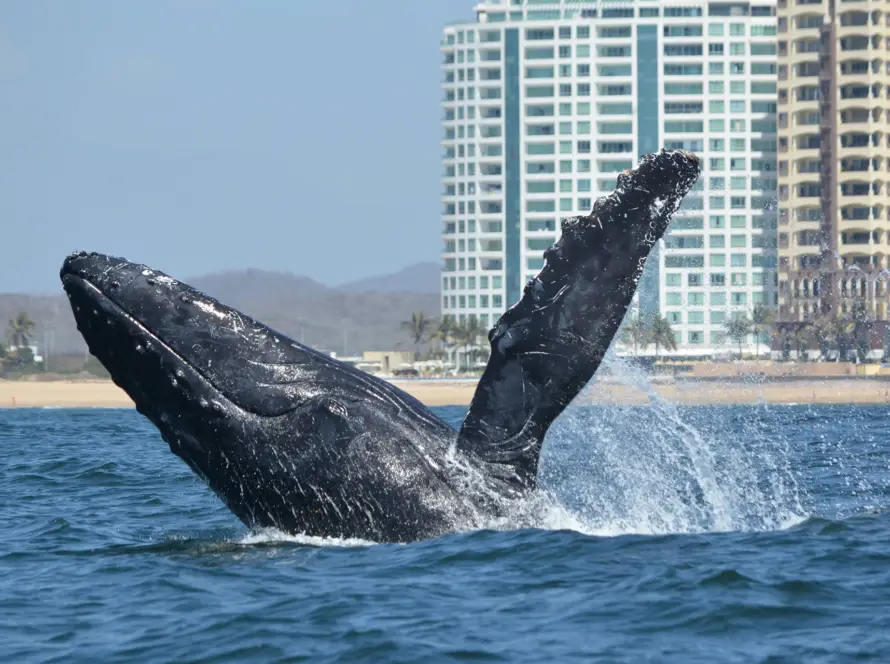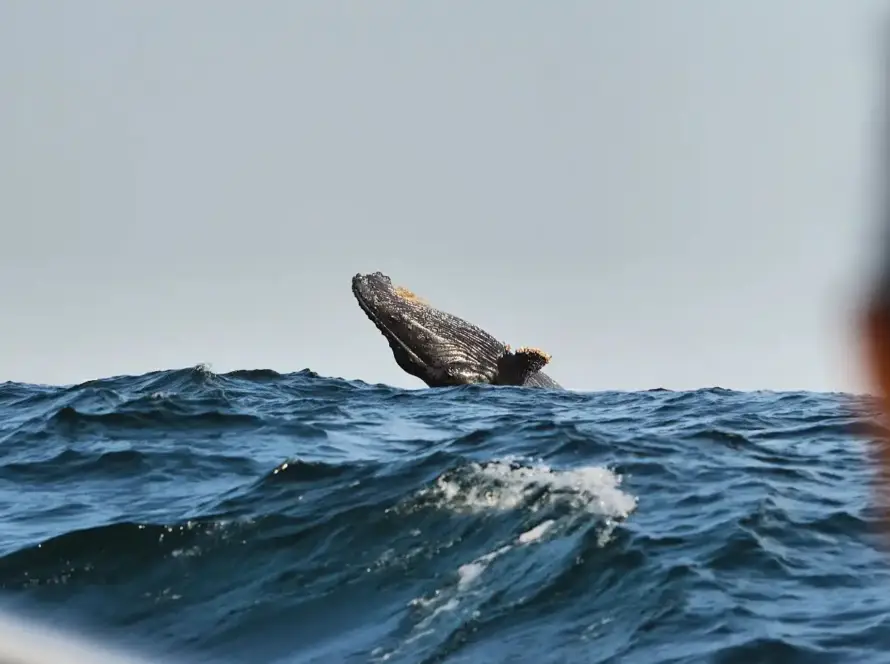Strandings of marine mammals, particularly cetaceans, are events that have fascinated and puzzled mankind throughout history. From the first records in antiquity to the present day, these incidents have given rise to multiple theories and explanations, from mythological to scientific. However, behind the drama of a stranded animal lies an invaluable opportunity for the advancement of knowledge about the biology of species and the conservation of the oceans.
A window to global scientific knowledge
Strandings, while regrettable, offer scientists direct access to species that are otherwise difficult to study in depth. Over the centuries, the bodies of stranded whales, dolphins and other marine mammals have yielded valuable samples for understanding their biology, ecology and evolution. Mass strandings in particular, which still represent a scientific enigma, open the possibility of studying group behavior, interactions between individuals and responses to environmental and human stimuli.
Institutions around the world have taken advantage of these events to gather critical information. Autopsies or necropsies, performed by specialized teams, reveal data on the health status of individuals, their diet, migration patterns, and exposure to pollutants such as plastics and chemicals. These data not only help to better understand the causes of stranding, but also provide a broader view of the threats facing the oceans and their inhabitants.
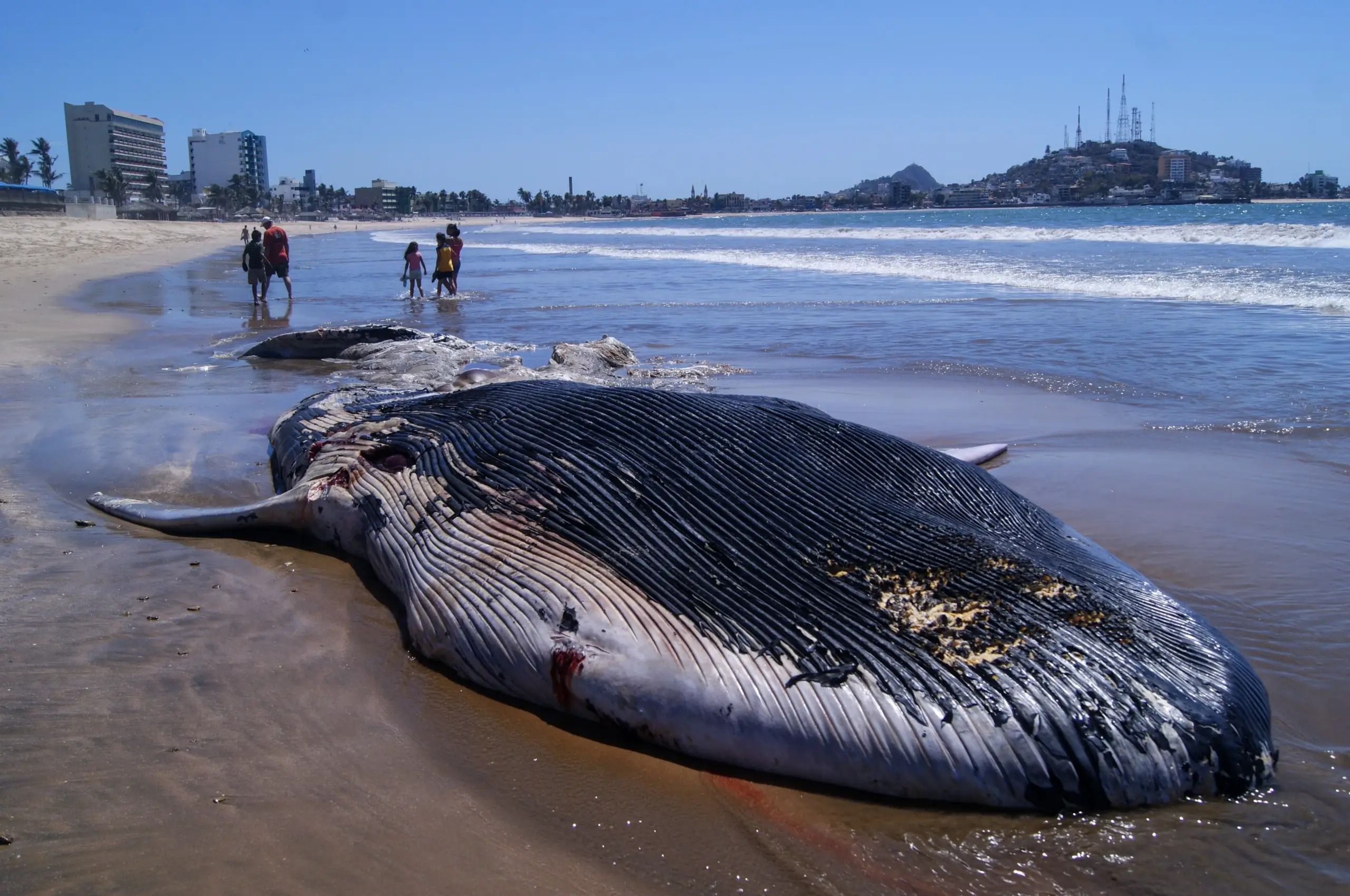
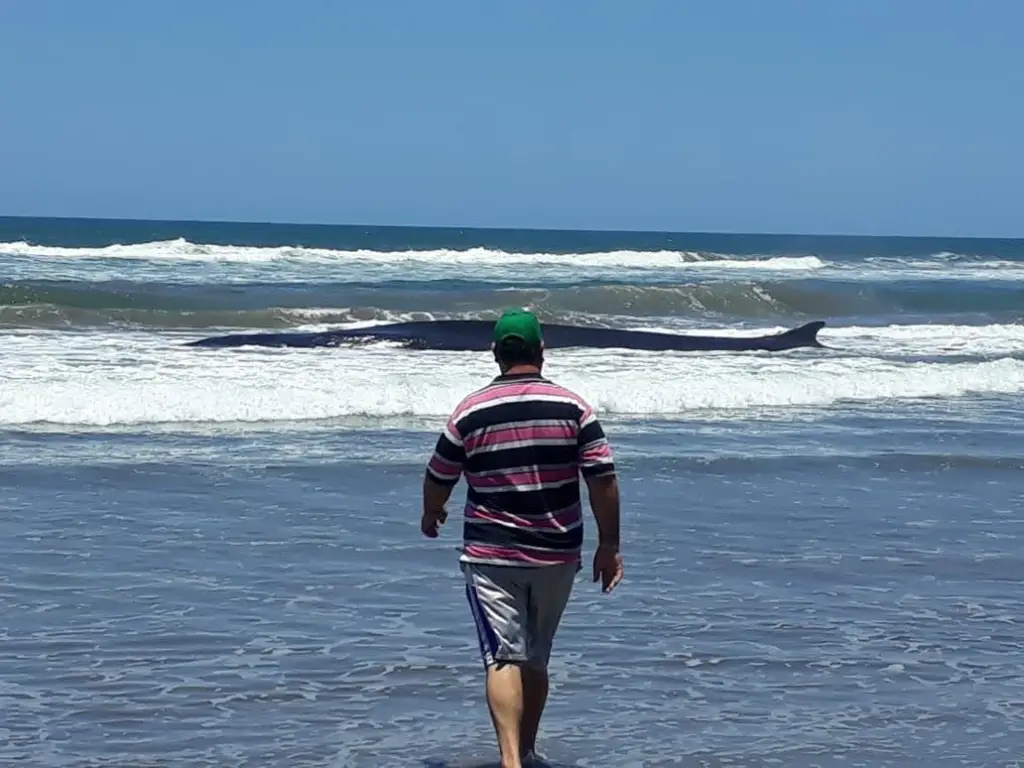
Strandings and scientific and osteological collections
One of the greatest legacies of strandings is their contribution to scientific and osteological collections. The skeletal remains recovered in these events form a fundamental part of the natural and scientific heritage of nations, and in Mexico, the bones of stranded cetaceans are considered the property of the nation. These are not only impressive museum pieces, but represent an inexhaustible source of information for future generations of researchers and conservationists.
In the case of cetaceans, the articulation of complete skeletons is a painstaking and complex process. It begins with bone cleaning, which involves the careful removal of all soft tissues through techniques ranging from the use of bacteria to controlled boiling. The bones are then dried and properly preserved to prevent deterioration. Once cleaned, the experts must ensure that all parts are maintained in their original state in order to proceed with the reconstruction of the skeleton.
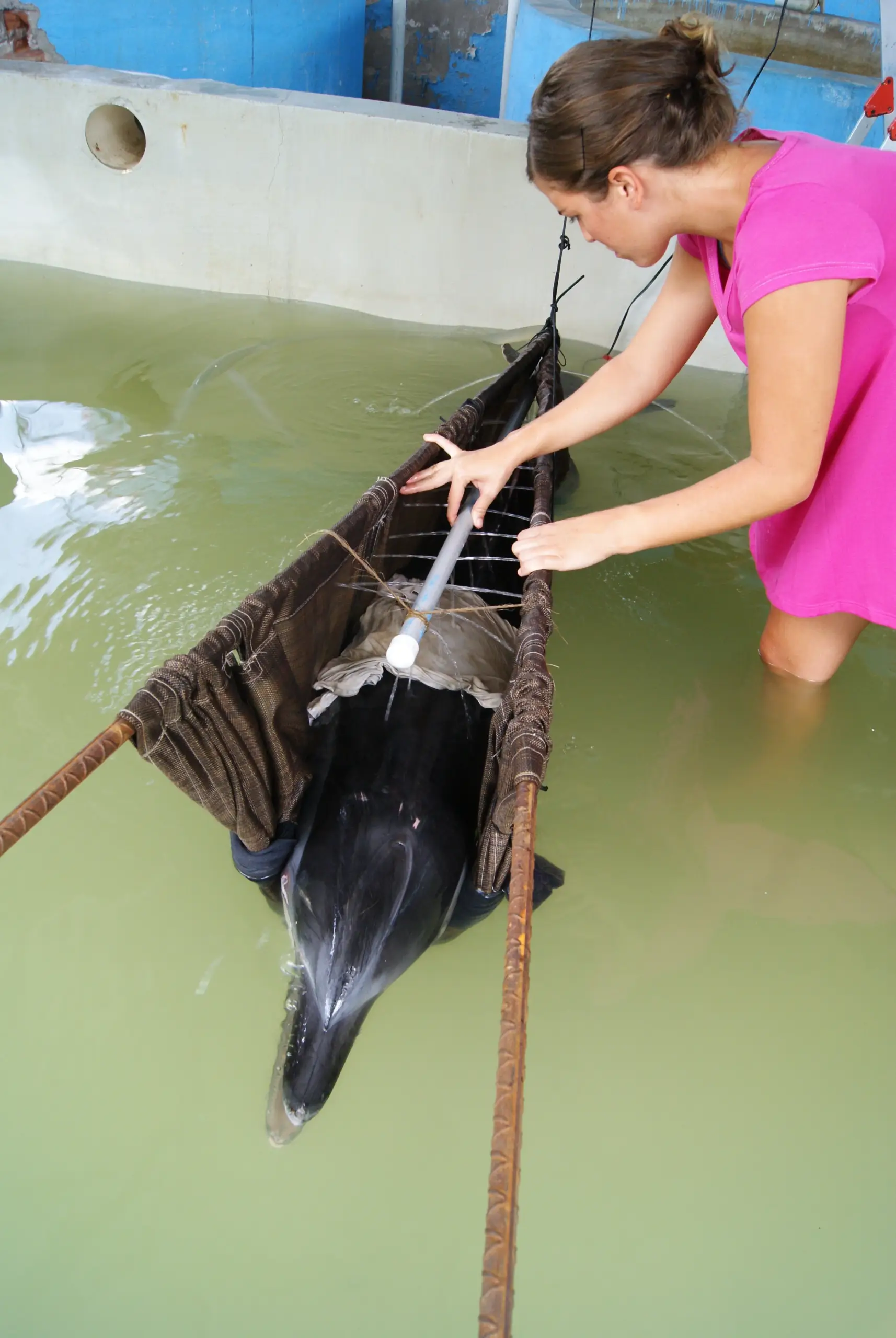
The articulation process requires a thorough knowledge of cetacean anatomy. Each bone must be placed in its exact position, and many times it is necessary to fabricate special supports to hold the entire structure. The end result is a scientific work of art that not only impresses the public with its size and complexity, but also becomes a fundamental educational tool. Museums such as the National Whale Museum in Mazatlan not only exhibit these skeletons, but also use them as key resources for environmental education and research.
The importance of museums in the conservation of natural heritage
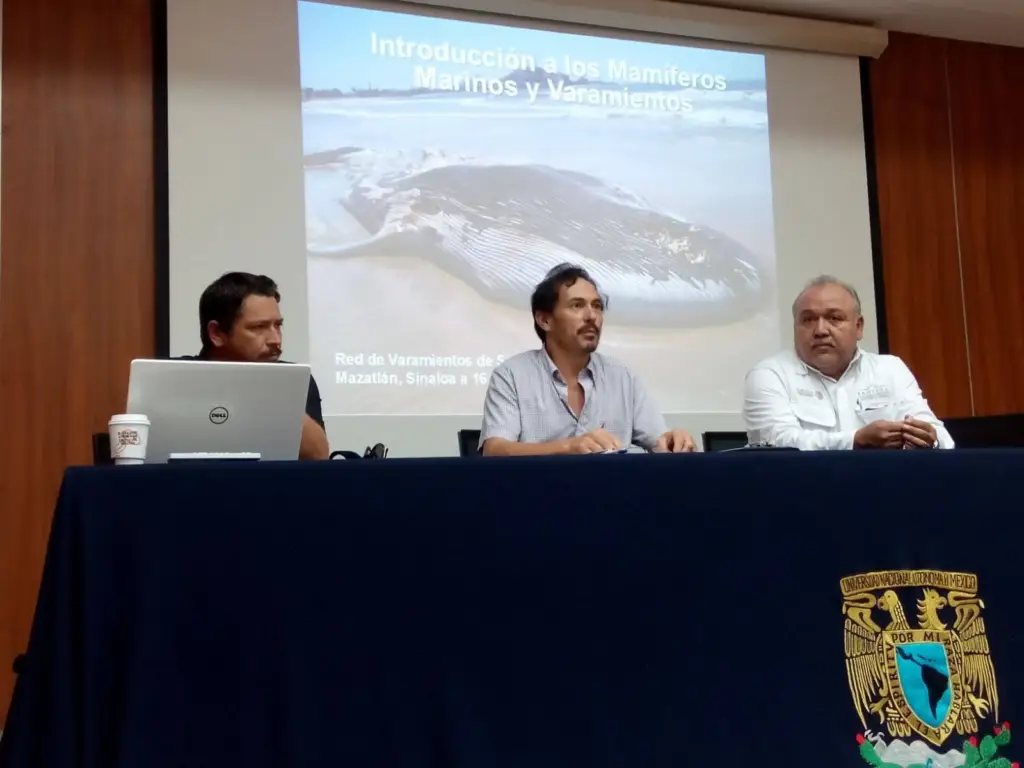
Efforts to recover and preserve the skeletons of stranded cetaceans require collaboration between marine biologists, museologists and other scientific institutions. In Mexico, the National Whale Museum plays a crucial role in the management of these remains, ensuring that they are preserved for study and public enjoyment. The bones that form part of these collections are not simply objects for display, but part of the natural heritage of all Mexicansreflecting the country's commitment to the conservation and study of its biodiversity.
In addition, the General Law of Ecological Balance and Environmental Protection establishes that natural resources, including the remains of stranded marine fauna, are national patrimony. These skeletons not only represent an opportunity for scientific research, but are also a way to connect communities with their natural environment, fostering greater awareness and responsibility towards the protection of the oceans.
Skeletal recovery: a technical and scientific task
The process of recovering and preserving cetacean skeletons is not a simple task. It begins with the reconnaissance of the stranding zone, where specialized teams must mobilize quickly to prevent the remains from deteriorating. In many cases, weather conditions, the remote location of strandings, and the size of the animal complicate this process. However, thanks to the collaboration of scientific institutions, museums, and volunteers, this work has become increasingly efficient.
Once recovered, the bones must go through a thorough cleaning and disinfection process to remove soft tissue and prevent deterioration. The work can take months, but the end result is a fully articulated skeleton that can be used for research or display. This effort, although titanic, offers the possibility of obtaining detailed information about the animal's anatomy, bone structure and growth patterns.
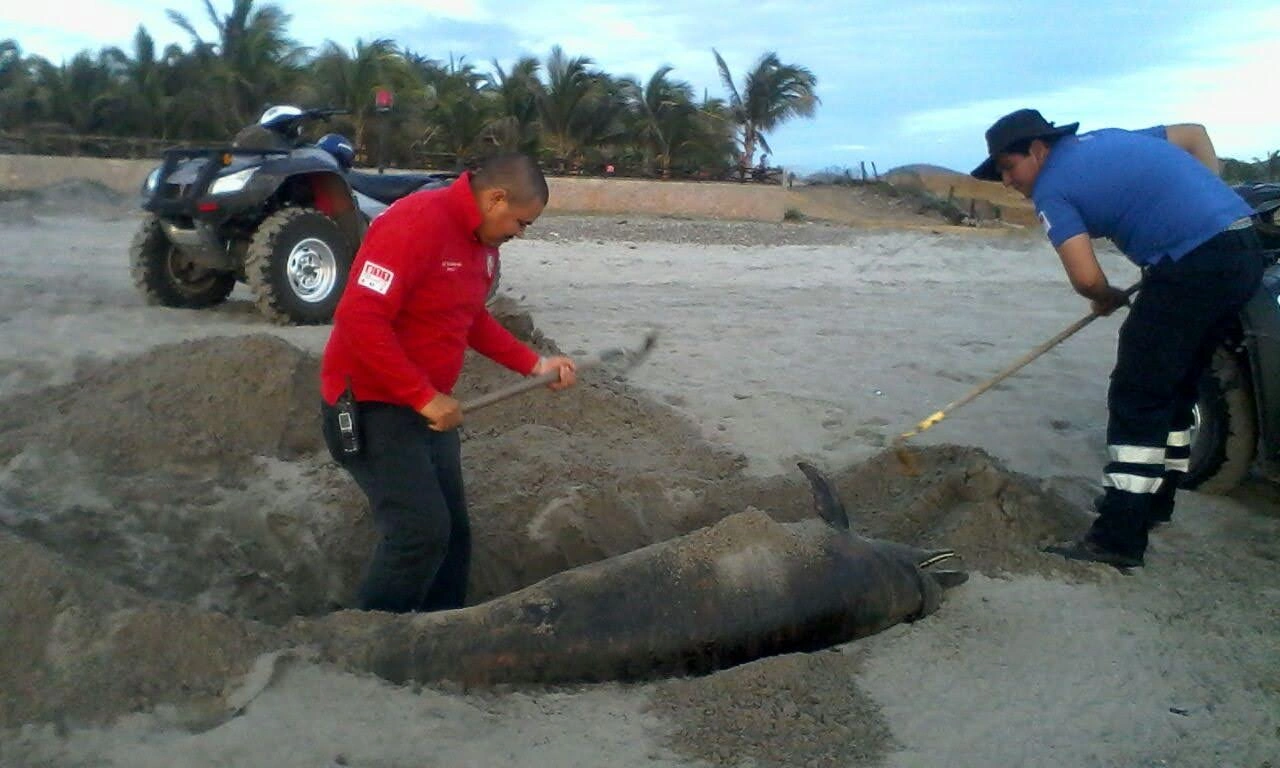
What information can we collect from a stranding?
Strandings provide a wealth of data that are crucial to better understand the lives and challenges faced by cetaceans. Some of the most relevant information includes:
- Diet and eating habits: By analyzing stomach contents, scientists can identify what the cetaceans have been eating prior to stranding, providing clues about food chains in the ocean and possible alterations due to human activity.
- Contamination levels: Fat and tissue samples make it possible to assess the accumulation of pollutants in animal bodies, from heavy metals to microplastics. These data are vital to understanding the impact of ocean pollution.
- Diseases and parasites: Strandings also allow the study of diseases and parasites that affect marine species. Some pathogens are specific to the oceans, while others can be introduced by human activity, wreaking havoc on cetacean populations.
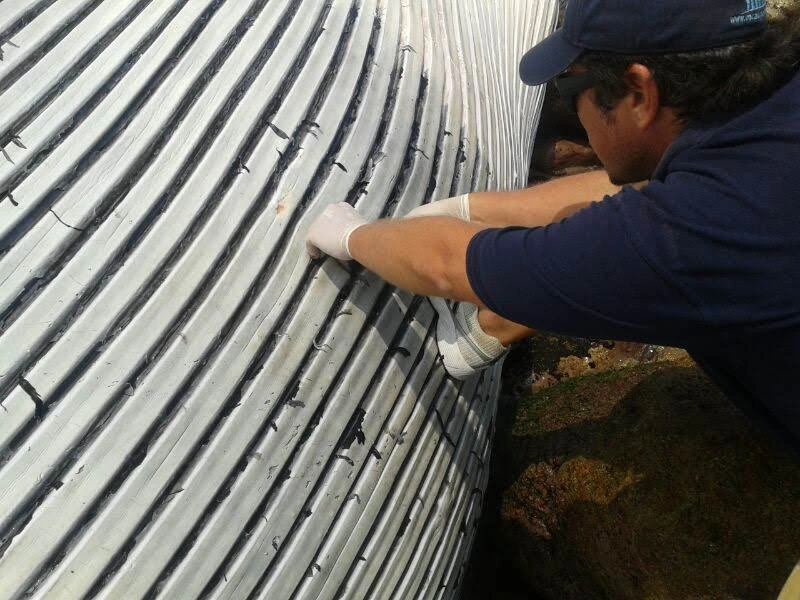
Implications of adequate care for strandings
The response to a stranding is not only crucial for obtaining scientific information, but also for the welfare of the animals that may still be alive. In these cases, rapid and effective intervention by specialized teams with the resources and expertise to assist cetaceans in distress is essential.
In Mexico, institutions such as the National Whale Museum in Mazatlan and the Whale and Marine Science Museum in La Paz play a vital role in coordinating these efforts. Through rescue networks and collaboration with international organizations, these institutions help ensure adequate response and minimize damage during a stranding event. In addition, public awareness and education on how to respond to a stranding is key to ensuring that citizens know how to help without causing additional harm.
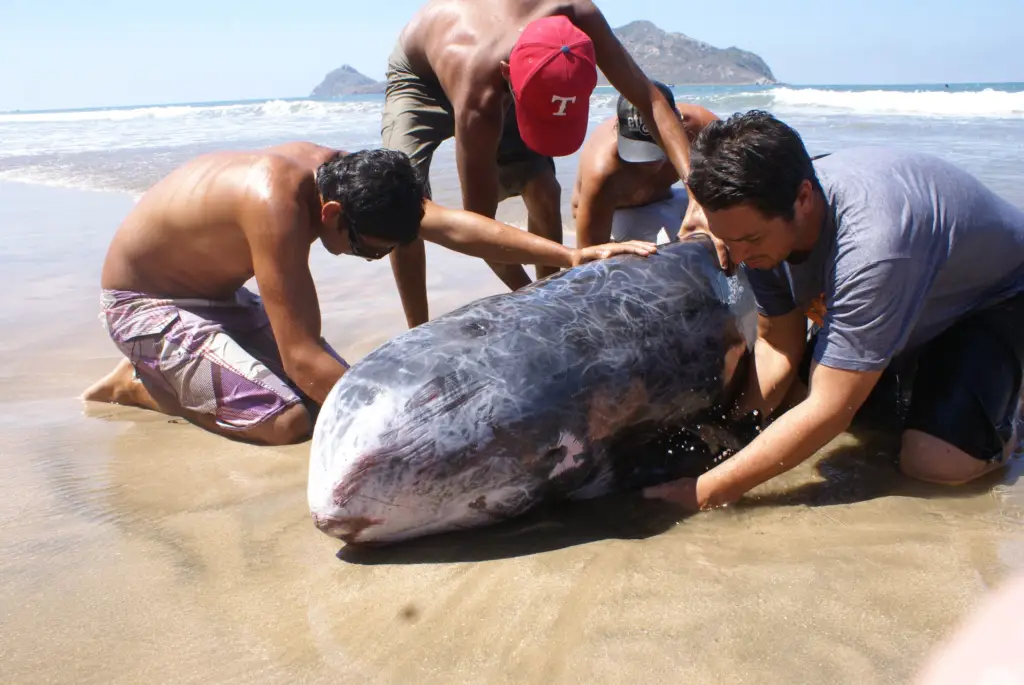
Education and public awareness
Proper stranding management not only has an impact on scientific research, but also on public awareness. Each time a stranded cetacean is rescued or its remains are recovered, opportunities open up to educate the public about the importance of marine conservation. Visits to museums that exhibit these skeletons, educational talks, and science outreach programs help to change the perception we have of the oceans and their inhabitants.
In Mexico, collaborations between local and global institutions have allowed not only the conservation of these skeletons, but also the dissemination of valuable information about the state of the oceans and the threats faced by cetaceans. The Whale Museum in La Paz, in particular, has played a crucial role in the collection of skeletons of stranded species and their subsequent exhibition, creating a space where the public can connect directly with these wonders of nature.
The future of strandings: responsible management
Strandings will continue to occur, but with proper management, their impact can be positive for science, education and conservation. Collaboration between institutions, such as that between the National Whale Museum in Mazatlan and the Whale and Marine Science Museum in La Paz, is essential to ensure that these events are handled responsibly and efficiently.
Thanks to the combined efforts of scientists, conservationists and museographers, each stranding becomes an opportunity to learn more about cetaceans, protect the oceans, and educate future generations. Proper management of these events not only benefits science, but also helps to create a world that is more aware and committed to protecting our natural heritage.
What to do in case of witnessing a stranding?
If you find yourself facing a marine mammal stranding in Mexico, it is important to follow the Protocol for Attention to Marine Mammal Strandings established by the Secretaría de Medio Ambiente y Recursos Naturales (SEMARNAT). This protocol ensures that animals receive proper treatment and that rescue efforts are carried out efficiently and safely. Here are the key steps to follow:
- Do not approach
 tooAlthough it is natural to want to help, approaching the animal without proper equipment can be dangerous for both you and the cetacean. Keep a safe distance so as not to cause additional stress to the animal.
tooAlthough it is natural to want to help, approaching the animal without proper equipment can be dangerous for both you and the cetacean. Keep a safe distance so as not to cause additional stress to the animal. - Contact the authoritiesCall immediately the Procuraduría Federal de Protección al Ambiente (PROFEPA) or the local stranding response network in your state. These authorities are trained to coordinate the rescue or recovery of the animal. In many Mexican states, there are specialized networks for these cases.
- PROFEPA Telephone800-PROFEPA (776-3372)
- Provides detailed informationWhen making the call, be sure to give as much information as possible about the exact location, the condition of the animal (whether it is alive or dead), and whether there are other individuals stranded or in distress. This information is crucial so that rescue teams can prepare adequately.
- Avoid touching or moving the animalHandling a cetacean without knowledge can cause serious harm. It is important that only trained personnel intervene to care for the animal.
- Do not attempt to return it to the water on your own.In many cases, stranded animals may have internal injuries or be disoriented. Returning them to sea without proper assessment could cause them further harm or result in another stranding.
- Follow the instructions of specialized personnelOnce the experts arrive, they will tell you how you can help if necessary, or if you should keep your distance so as not to interfere with the rescue process.
These simple steps help to ensure that cetaceans receive the necessary attention, and that the responsible institutions can act effectively in the protection and conservation of these valuable marine mammals.
By M. en C. Óscar Guzón, Director of the National Whale Museum (MUNBA)
Photos: Onca Exploraciones, all rights reserved.


